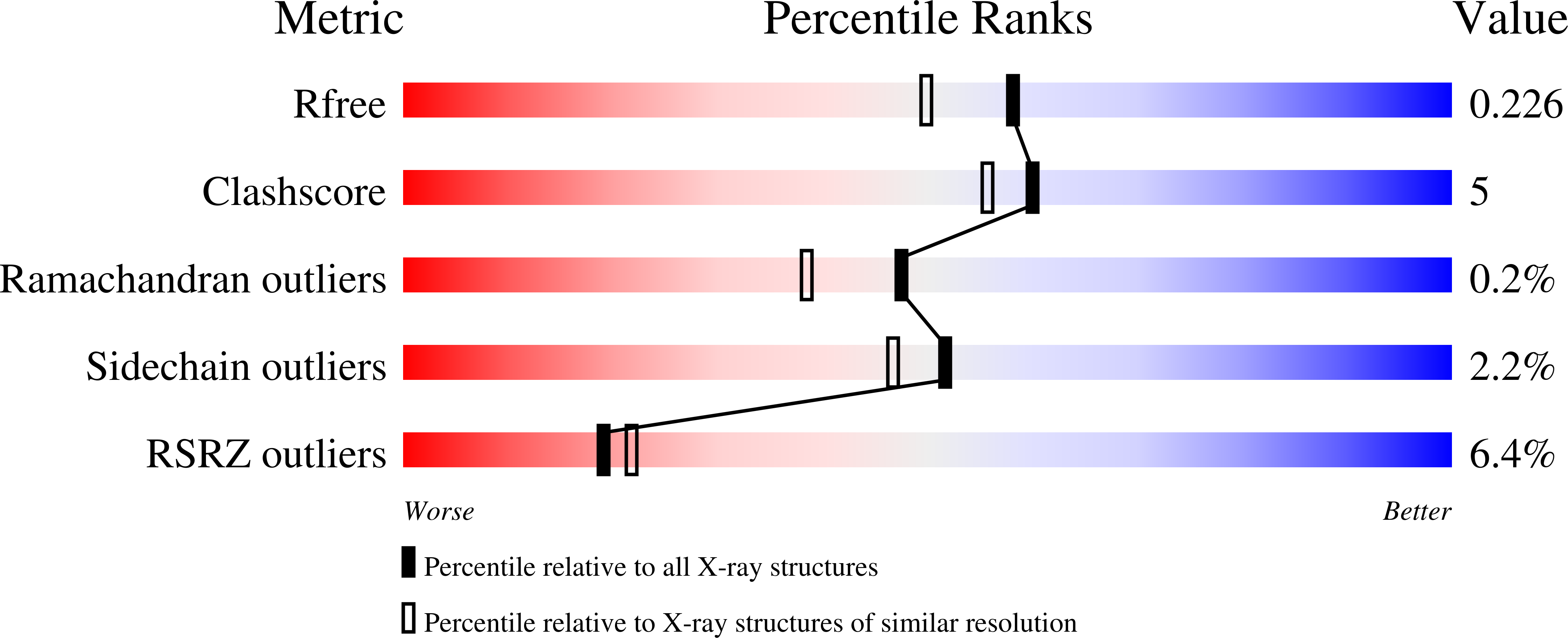
Deposition Date
2022-08-12
Release Date
2022-11-09
Last Version Date
2024-10-23
Entry Detail
PDB ID:
8AQN
Keywords:
Title:
Crystal structure of PPARG and NCOR2 with BAY-4931, an inverse agonist (compound 6c)
Biological Source:
Source Organism:
Homo sapiens (Taxon ID: 9606)
Host Organism:
Method Details:
Experimental Method:
Resolution:
1.90 Å
R-Value Free:
0.21
R-Value Work:
0.17
R-Value Observed:
0.17
Space Group:
P 21 21 21


